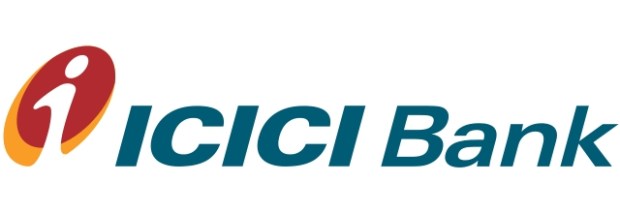India’s ICICI Bank Lets Customers Tweet Real-Time Payments

India’s largest private-sector bank will now let its customers use Twitter for real-time fund transfers, the Times of India reported on Monday (Jan. 19).
Mumbai-based ICICI Bank said it is the first bank in Asia and only the second in the world to offer a Twitter-based fund transfer service, after Groupe BPCE, France’s second-largest bank by customers, which launched a similar service last year. ICICI also has a year-old service for transferring money through Facebook. According to Executive Director Rajiv Sabharwal, that now has 30,000 active Facebook users.
To use the Twitter-transfer service, a user must have an ICICI account, register for Twitter transfers and follow the bank on Twitter, as well as know the Twitter handle of the person who will receive the money. (That person isn’t required to have an ICICI account.)
The sender will get an SMS text message with a unique code after the transfer. The person receiving the money will be directed to a special Web page where the code must be entered to complete the transaction.
“This complies with all the regulatory requirements of two-factor authentication,” Sabharwal said.
The bank is using the NEFT (National Electronic Funds Transfer) or RTGS (Real Time Gross Settlement) systems for the transfer, and plans to integrate IMPS (Immediate Payment Service) mode too, he added. The bank will not charge for Twitter fund transfers, but the sender will have to pay the applicable fees for a NEFT or RTGS transaction.
If the recipient of the transfer doesn’t have an ICICI account, he’ll have to provide his bank’s IFSC code to receive the payment.
Sabharwal said ICICI serves more youth customers than any other bank in India, and the new service is aimed at that demographic. ICICI has 2.8 million registered mobile banking users and 15 million Internet banking users, he said, adding that a team of 100 people is working on digital banking within the bank.
The bank is also working on an NFC mobile digital wallet that will be launched this year, as well as banking services through wearable devices. Juniper Research estimates that 100 million wearable devices such as the Apple Watch will ship by 2017, and that wearable banking and payments via smartwatches and smartglasses will be a “key trend” over the next two years.
